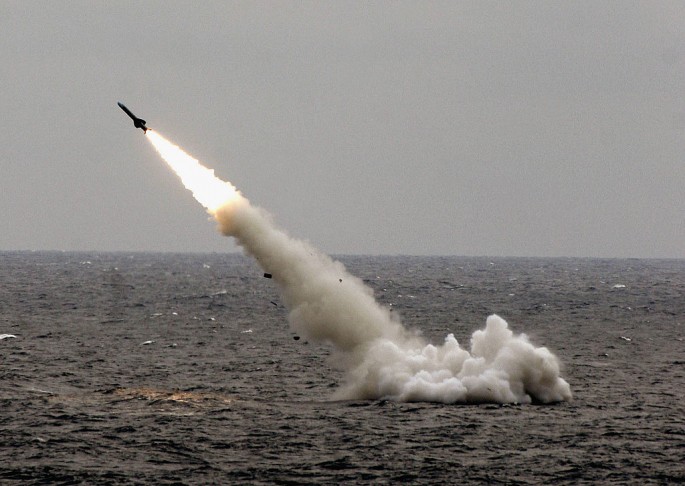China test-fired its new long-range ballistic missile which can destroy the entire United States, a U.S. media outlet said on Wednesday.
According to the Washington Free Beacon, unidentified Pentagon officials revealed that the Asian country had been working on a weapon that can take on any target worldwide.
According to the outlet, China test-fired the weapon on Tuesday, April 12, amid rising tensions between Beijing and Washington over the former's territorial disputes in the South China Sea.
China's Missile
The sources identified the missile as the Dongfeng-41 (DF-41), an intercontinental ballistic missile that has a minimum range of 12,000 kilometers, allowing it to strike anywhere in the U.S. even from eastern China.
According to the outlet, the ballistic missile contained two multiple, independently targetable re-entry vehicles that are capable of carrying about six to 10 warheads.
"China is re-engineering its long-range ballistic missiles to carry multiple nuclear warheads," U.S. Strategic Command commander Adm. Cecil Haney stated on Jan. 22, adding that the weapons were part of the Asian country's investment in nuclear and conventional power.
According to the Washington Free Beacon, China tested out its new missile just around the time when the vice chairman of the Central Military Commission Gen. Fan Changlong visited the Fiery Cross Reef in the disputed Spratly Islands.
The U.S.'s Reaction
China military affairs analyst Rick Fisher told the Washington Free Beacon that it was clear that U.S. President Barack Obama's call for reducing nuclear weapons will not be "reciprocated by China, Russia, North Korea or Iran."
Furthermore, Fisher believes that there will be no peace due to China and Russia's increasingly close military ties that focuses on beating the U.S.
Because of this, Fisher thinks that Washington "must quickly reintroduce tactical nuclear forces back to the Navy and Army" to deter any nuclear attack from the Asian country.
Fisher's idea may have already been set in motion considering how the United States is "beefing up" its reach in the region, especially after revealing its plans on deploying a Terminal High Altitude Area Defense (THAAD) system in South Korea.
According to the South China Morning Post, the employment of an advanced THAAD in the southern half of the Korean Peninsula was aimed at preventing any attack from the North.
Pentagon was quick at clarifying that the weapon was not aimed at China and is merely a defensive maneuver against any nuclear activity in the region after Beijing protested against its deployment.



























